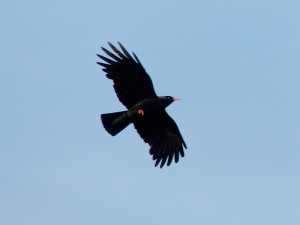
Although I am lucky enough to spend a large amount of my time on birding trips in Thailand and other parts of Asia, I do not get that much time to spend birding in UK and in particular I spend very little time in my home country in Spring when it is easier to see many breeding birds and summer visitors. With time on my hands a good weather forecast I was able to spend four days in North Wales looking for species that I seldom seen on my visits to UK, including a few scarce breeding species that I have not seen for many years. I started on the island of Anglesey, visiting RSPB South Stack, Holyhead Harbour and Penmon Point for seabirds and Red-billed Chough before moving on to The Spinneys Local Nature Reserve near Bangor and Aber Falls to look for scarce woodland species. I then visited RSPB Ynys Hir, again for woodland species, before finally ending up at the strangely named World’s End, close to Wrexham, where moorland and woodland species can be found, with a highlight being lekking Black Grouse.
Highlights
Northern Fulmar Eider Red Kite Black Grouse Black Guillemot Guillemot Razorbill Common Cuckoo Tree Pipit Common Redstart Whinchat Garden Warbler Wood Warbler Spotted Flycatcher Pied Flycatcher Red-billed Chough Siskin Bullfinch
23rd May – I traveled from Dartford to RSPB South Stack in Anglesey by car, leaving early enough to avoid the worst of the traffic on the M25, M1 and M6. On arrival there was beautiful sunshine and an interesting sea fog a little offshore but this did not impede views of the cliffs occupied by nesting seabirds. South Stack is one of Great Britain’s most accessible seabird colonies and there were thousands of Guillemots lining the cliffs and swimming around in the water and when I got as close as I was able to the noise and smell was quite impressive. While the views of the Guillemots and hundreds of Razorbills were excellent, unfortunately it was not possible to be close enough for really good photos of individual birds but these group shots are quite nice. Although South Stack is an RSPB reserve there is no entry fee for non-members.
Puffins were one of the target species here and to my surprise I was told that there were only 8 pairs! Clearly they are not doing well in this area and although I scanned all likely locations for them I did not see any, although as I was planning a visit to the Farne Islands I did not really try that hard. Instead I walked along the cliff tops enjoying views of several Northern Fulmars, a few Shags in flight with clifftop birds including Rock Pipit, Meadow Pipit, Northern Wheatear, Linnet and a very confiding pair of Common Stonechats.
Notable by their absence were Kittiwakes which I was expecting to see in fairly decent numbers but it is well documented that this species is in decline so I suppose I should not have been so surprised. There may have been a few around among the gulls but I did not look that hard for them, however, they certainly were not numerous. Large numbers of Herring Gulls were nesting, with some already feeding chicks and there were a few pairs of Great Black-backed Gulls and a Lesser Black-backed Gull here and there including this one which came to bathe in a small freshwater pool a little inland.
One of the birds to visit South Stack for is Red-billed Chough and the only time I have seen it was on a previous visit to this site some years ago. It was not hard to find on this visit either with a few pairs cruising up and down the cliff tops throughout the afternoon and later in the afternoon feeding in clifftop pasture. These birds are famed for their aerial agility and quite rightly so being really tricky to photograph as they wheel around in the air, quite frequently at very close range.
As well as the Choughs there were other corvids to see here including large numbers of Jackdaw, Carrion Crow and a pair of Ravens. The Jackdaws were quite tame and posed nicely for me.
Walking on the clifftops and nearby farmland in the very late afternoon also turned up Blackbird, Willow Warbler, Chiffchaff, Goldfinch and a pair of Greenfinches. However, in the late afternoon I also made a quick visit to nearby Holyhead harbour, a well-known stakeout for Black Guillemot, another bird I had not seen in many years so it was really good to get point blank views of a couple of these birds swimming around, fishing in the main part of the harbour where the long-stay car park is, it is easy to find just follow the signs for the Fish Dock and turn left to the long stay car park just before you reach the dock; no need to actually enter the car park, there is space nearby to stop and get out to view the guillemots.
Having enjoyed a very nice afternoon/evening of birding I found myself a bed & breakfast to stay at – Holyhead Lodge – which was very comfortable with friendly hosts and an enormous breakfast.
24th May – After a breakfast that set me up for the day I drove to Bangor and visited a small nature reserve – The Spinneys – which took about 35 minutes. This little reserve is on the coast and protects a small area of woodland and wetland, a pleasant little place which is one of a chain of small reserves along the coast here and where I got excellent views of several Eider just offshore and a few resting Goosander.
Common woodland birds here included Blue Tit, Chaffinch, Great Tit, Goldcrest and Chiffchaff, but it was the Eiders that made the visit worthwhile.
After an hour here I drove the short distance to Aber Falls car park within Snowdonia National Park and took the well-marked trail to the waterfall, a walk of around 3-4 miles there and back. Along the valley here there is some lovely open oak woodland as well as pine plantations and wonderful views of the surrounding mountains. At this time of year there were lots of wild flowers, including some nice carpets of bluebells. Although birds were not easily seen, when I just stood around taking photos many species eventually revealed themselves. Near the car park there were several Song Thrushes as well as a Grey Wagtail in the stream and plenty of singing Chaffinches, Blackcaps and Chiffchaffs but it was further up the valley, where the woodland was very open, that I saw most of the species of prime interest.
I spotted a Cuckoo calling from a distant tree and a number of Willow Warblers were obvious all along the valley. When I stopped for a Garden Warbler I soon heard a Spotted Flycatcher calling from above me. I spent some time trying to photograph a pair of these now scarce birds, with varying success, which also gave time for a female Redstart to show itself, a party of Long-tailed Tits and a pair of Treecreepers as well as more Song Thrushes.
Notable by their complete absence were Wood Warblers and also Pied Flycatchers although I did get a nice view of a male Pied Flycatcher eventually as I was heading back to the car park from the waterfall. This area was very scenic and there were plenty of people out walking here, a great spot for those who like being out in beautiful countryside.
My next destination was back on the island of Anglesey looking for seabirds again but this time on the East of the island – Penmon Point. Access is through a private road which cost £3 for cars to use to get to the small car park that overlooks Puffin Island. It was a beautiful sunny day but the island is a bit far away to observe the large numbers of seabirds in detail although many Guillemots and Razorbills were feeding fairly close to the coast. Although I spotted a few distant Puffins they were too far away to really appreciate in the heat haze but 30 or so Eider Duck gave nice views and I was able to photograph Rock Pipit, Razorbill, Sandwich Tern, Oystercatcher and numerous Gulls.
Although a little further away than I would have liked there were huge numbers of birds on and around Puffin Island including plenty of Gannets, Shags, Great Cormorants, Common Shelducks and very many nesting Herring Gulls. A lovely place on a lovely day and in the late afternoon I drove to Caernarvon to take a look at the castle, staying at Bron Menai Guesthouse which provided me with comfortable accommodation and a good breakfast for a very reasonable price.
25th May – After breakfast I drove from Caernarvon to RSPB Ynys Hir, passing through a lot of stunning scenery. Ynys Hir is a lovely reserve with some beautiful oak woodland and wetlands along the River Dyfi with some rolling hills as a backdrop. I spent a lot of time sitting in front of reception photographing birds coming to the feeders where I saw many species at very close range – Siskin, Great Tit, Blue Tit, Coal Tit, Chaffinch, Greenfinch, Goldfinch, Blackbird, Robin, Pheasant, Dunnock, Great Spotted Woodpecker and Nuthatch.
Walking around the reserve was really nice in the glorious weather but finding the woodland specialists was not easy. Over the course of the day I did see 4 Pied Flycatchers but the only Wood warbler I heard singing kept itself out of view despite waiting for around 1 hour to see it. The wetlands contained many singing Reed Warblers which were easily seen from the viewing screen and as I walked along I came across Reed Bunting, a Tree Pipit, many Willow Warblers and Chiffchaffs, a Cuckoo and a soaring Red Kite; a lovely day.
Having seen just about everything I thought I was going to see here I searched the internet for a location to see Black Grouse, coming up with many suggestions of “World’s End” near Wrexham as a reliable site. The drive took under 2 hours and I arrived on the moors at around 5.30pm with a wonderful afternoon glow to the light. A small minor road goes through the site and is ideal for driving along and trying to spot Black Grouse. For some time I had no luck beyond the numerous Meadow Pipits, Willow Warblers and a few Mistle Thrushes.
However, as I was driving back along the road at around 7.30pm I stopped to try and photograph a Whinchat and as I got out of the car I heard some weird sounds that could only be Black Grouse and a scan of the hillsides revealed a number of black figures with white tails lekking; although they were quite far away they were easily heard and seen – 18 birds. Better still, further along the road I came across another group of ten lekking Black Grouse much closer to the road but before I was really able to get the best photos they were scared off by someone getting out of their car nearby.
At 8pm on a beautifully sunny evening it was a wonderful sight and sound to witness these birds fighting each other and as I had not seen this species for more than 20 years it was almost like seeing a bird for the first time.I found cheap but comfortable accommodation at Holt Lodge, a short drive away.
26th May – I revisited the moors at “World’s End”, having breakfast on site. Although I did not arrive particularly early (around 7am) I found lekking Black Grouse at the same locations as the previous evening. Also on the moorland I saw 2 Whinchat, several Linnets, a Reed Bunting, many Common Stonechats and Meadow Pipits.
Driving further along the road towards the village of Eglwyseg the road passes through woodland as it goes downhill and it was here that I heard a singing Wood Warbler. I managed to find somewhere to park and tracked down the bird a short distance off the road. It proceeded to sing close by for the best part of an hour, continuing to do so as I left. I took hundreds of photos but due to the difficult light I only got a few acceptable shots but it was great to be able to see this bird in song for such an extended period, another species I had not seen in many years.
Along the road here is some beautiful scenery, passing crags and heading up along an area called Panorama Walk. Birding along the road and along the crags in various places I got a great view of a male Bullfinch as well as several singing male Common Redstarts and a Tree Pipit performing its parachuting display from the top of a Scots Pine. In the weather I enjoyed here it was a lovely morning in terms of birds and landscape but heading home was not such a pleasure with huge delays on the M25 before returning to Dartford.
Above is a map indicating all the birding sites I visited in my four days in Wales, a great place for beautiful scenery and getting to grips with a number of breeding birds that are either scarce or range restricted in the UK.
Species List
2. Northern Fulmar
3. Northern Gannet
4. Great Cormorant
5. European Shag
6. Little Egret
7. Grey Heron
8. Mute Swan
9. Canada Goose
10. Common Shelduck
11. Mallard
12. Common Eider
13. Goosander
14. Red Kite
15. Common Buzzard
16. Common Kestrel
17. Black Grouse
18. Common Pheasant
19. Common Moorhen
20. Eurasian Coot
21. Eurasian Oystercatcher
22. Black-headed Gull
23. Herring Gull
24. Lesser Black-backed Gull
25. Great Black-backed Gull
26. Sandwich Tern
27. Atlantic Puffin
28. Black Guillemot
29. Common Guillemot
30. Razorbill
31. Rock Dove
32. Wood Pigeon
33. Eurasian Collared Dove
34. Common Cuckoo
35. Common Swift
36. Great Spotted Woodpecker
37. Eurasian Skylark
38. Barn Swallow
39. Northern House Martin
40. Rock Pipit
41. Meadow Pipit
42. Tree Pipit
43. Pied Wagtail
44. Grey Wagtail
45. Wren
46. Dunnock
47. European Robin
48. Common Redstart
49. Northern Wheatear
50. Whinchat
51. Common Stonechat
52. Song Thrush
53. Mistle Thrush
54. Common Blackbird
55. Garden Warbler
56. Blackcap
57. Common Whitethroat
58. European Reed Warbler
59. Willow Warbler
60. Wood Warbler
61. Chiffchaff
62. Goldcrest
63. Spotted Flycatcher
64. European Pied Flycatcher
65. Great Tit
66. Coal Tit
67. Blue Tit
68. Long-tailed Tit
69. Eurasian Nuthatch
70. Eurasian Treecreeper
71. Magpie
72. Eurasian Jay
73. Jackdaw
74. Red-billed Chough
75. Carrion Crow
76. Raven
77. Common Starling
78. House Sparrow
79. Chaffinch
80. Linnet
81. European Goldfinch
82. European Greenfinch
83. Eurasian Siskin
84. Eurasian Bullfinch
85. Reed Bunting
Fulmarus glacialis
Morus bassanus
Phalacrocorax carbo
Phalacrocorax aristotelis
Egretta garzetta
Ardea cinerea
Cygnus olor
Branta canadaensis
Tadorna tadorna
Anas platyrhynchos
Somateria mollissima
Mergus merganser
Milvus milvus
Buteo buteo
Falco tinnunculus
Tetrao tetrix
Phasianus colchicus
Gallinula chloropus
Fulica atra
Haematopus ostralegus
Chroicocephalus ridibundus
Larus argentatus
Larus fuscus
Larus marinus
Sterna sandvicensis
Fratercula arctica
Cepphus grylle
Uria aalge
Alca torda
Columba livia
Columba palumbus
Streptopelia decaocto
Cuculus canorus
Apus apus
Dendrocopos major
Alauda arvensis
Hirundo rustica
Delichon urbica
Anthus petrosus
Anthus pratensis
Anthus trivialis
Motacilla alba
Motacilla cinerea
Troglodytes troglodytes
Prunella modularis
Erithacus rubecula
Phoenicurus phoenicurus
Oenanthe oenanthe
Saxicola rubentra
Saxicola torquata
Turdus philomelos
Turdus viscivorus
Turdus merula
Sylvia borin
Sylvia atricapilla
Sylvia communis
Acrocephalus scirpaceus
Phylloscopus trochilus
Phylloscopus sibilatrix
Phylloscopus collybita
Regulus regulus
Musciapa striata
Ficedula hypoleuca
Parus major
Parus ater
Parus caeruleus
Aegithalos caudatus
Sitta europaea
Certhia familiaris
Pica pica
Garrulus glandarius
Corvus monedula
Pyrrhocorax pyrrhocorax
Corvus corone
Corvus corax
Sturnus vulgaris
Passer domesticus
Fringella coelebs
Carduelis cannabina
Carduelis carduelis
Carduelis chloris
Carduelis spinus
Pyrrhula pyrrhula
Emberiza schoeniculus


 May 27th, 2017
May 27th, 2017  Nick
Nick 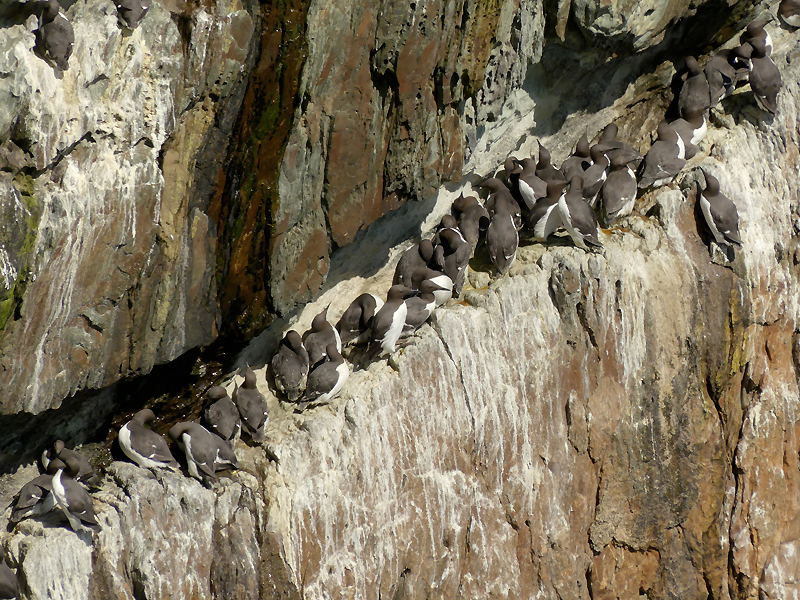

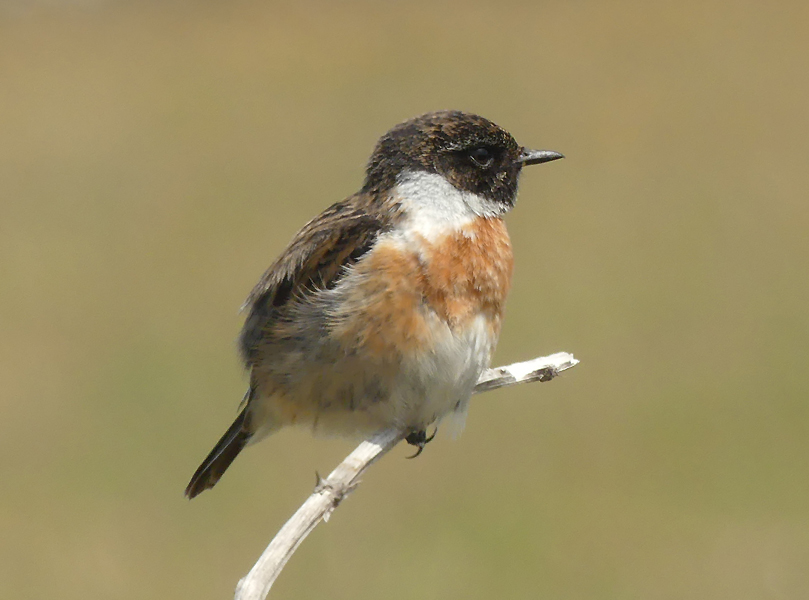


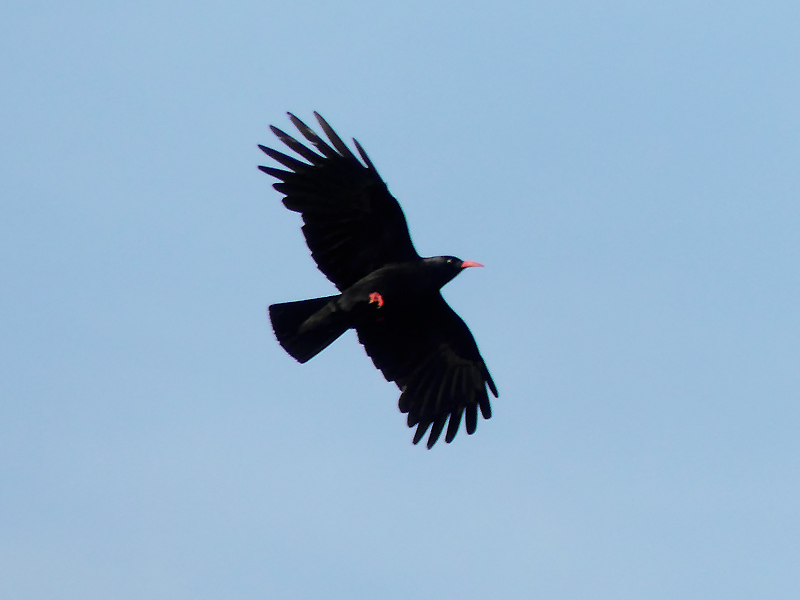

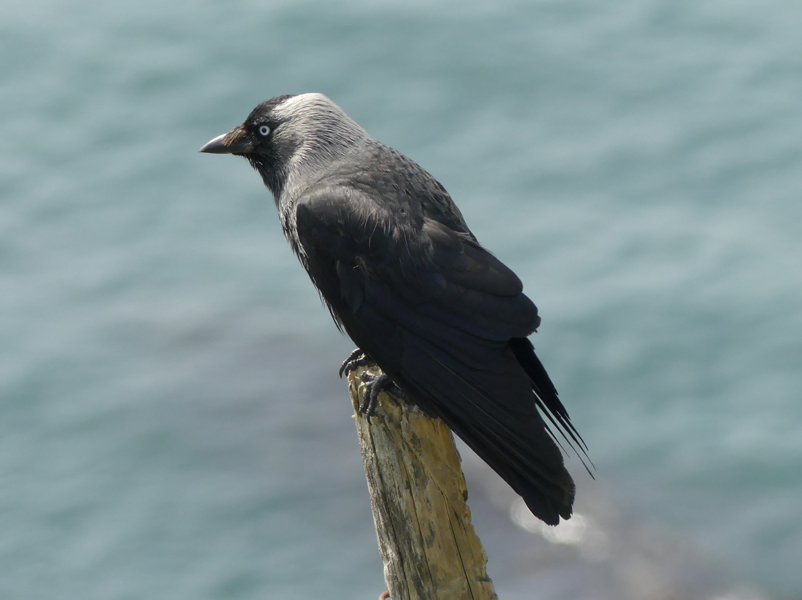
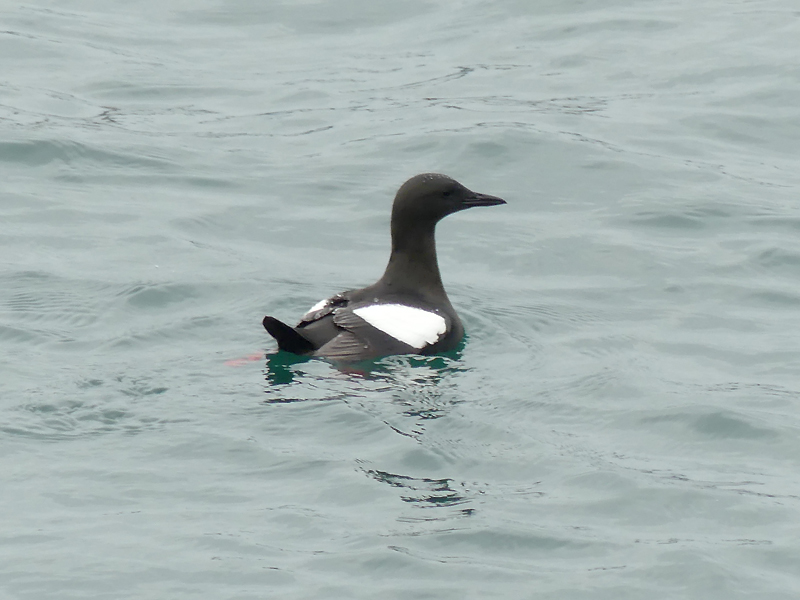
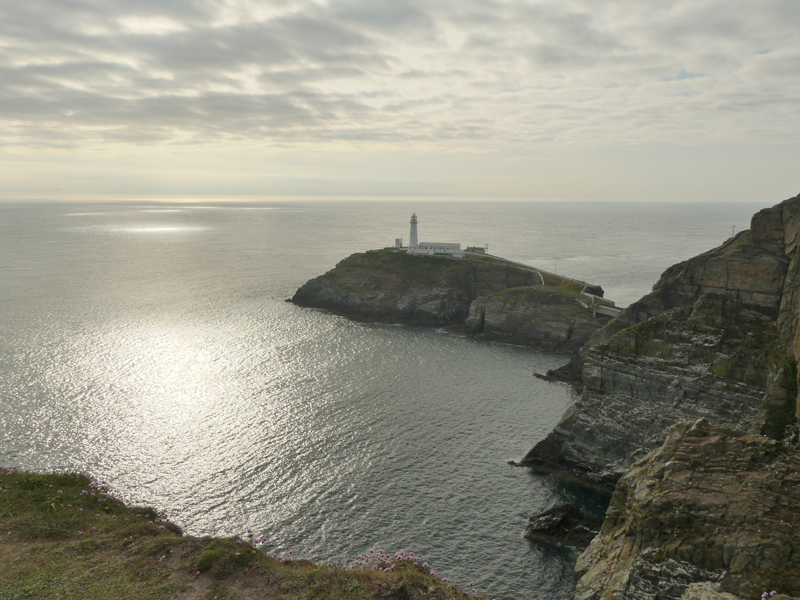
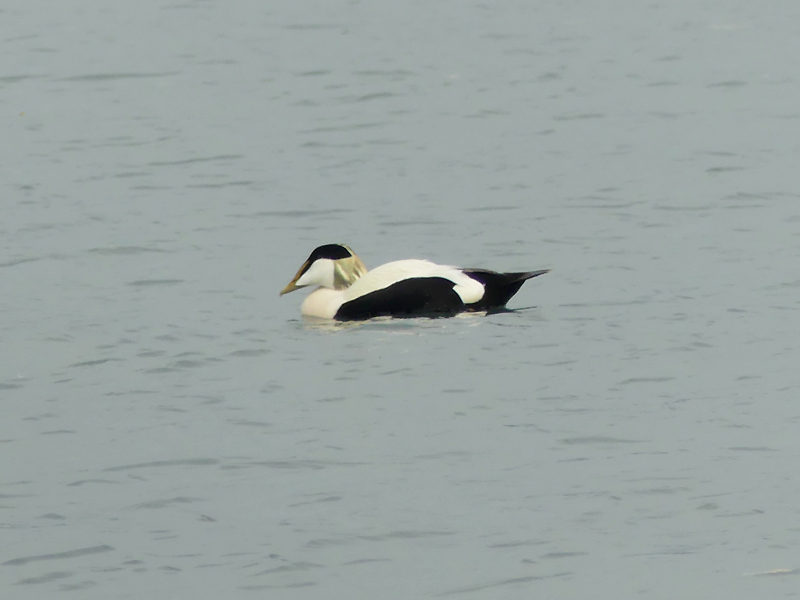
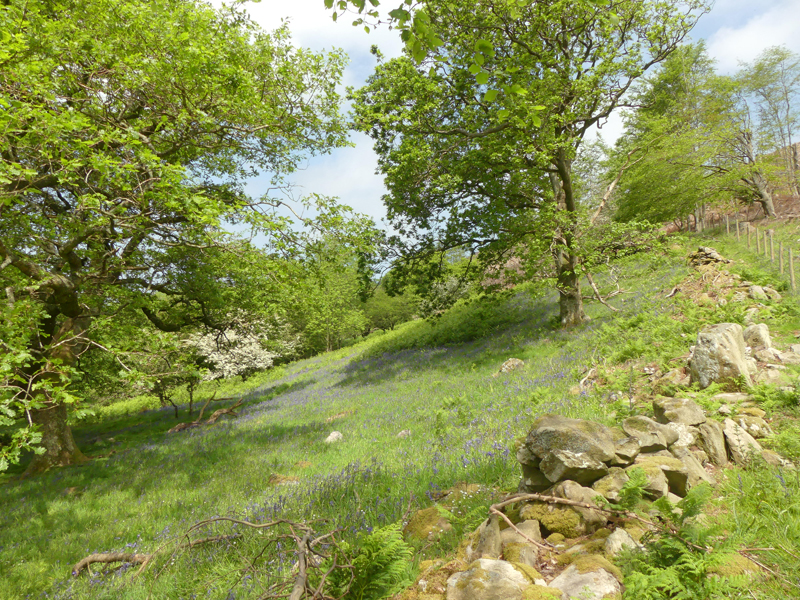
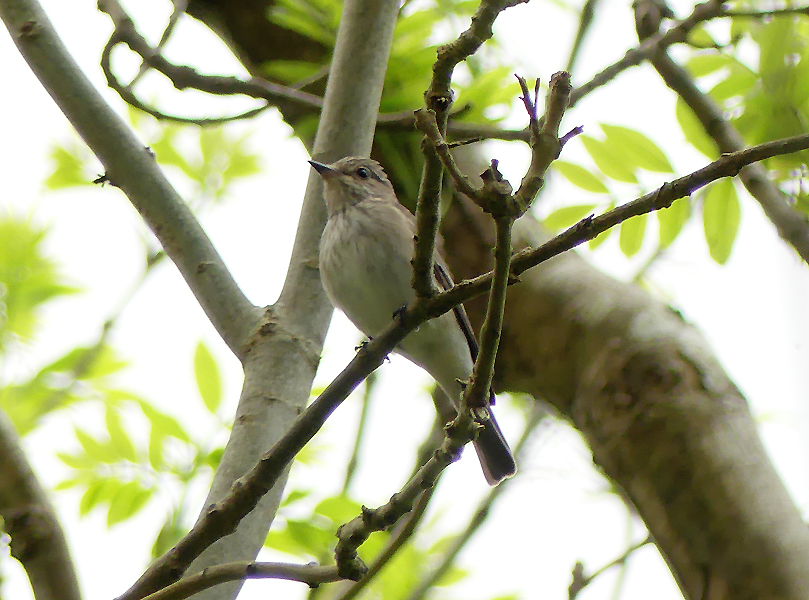

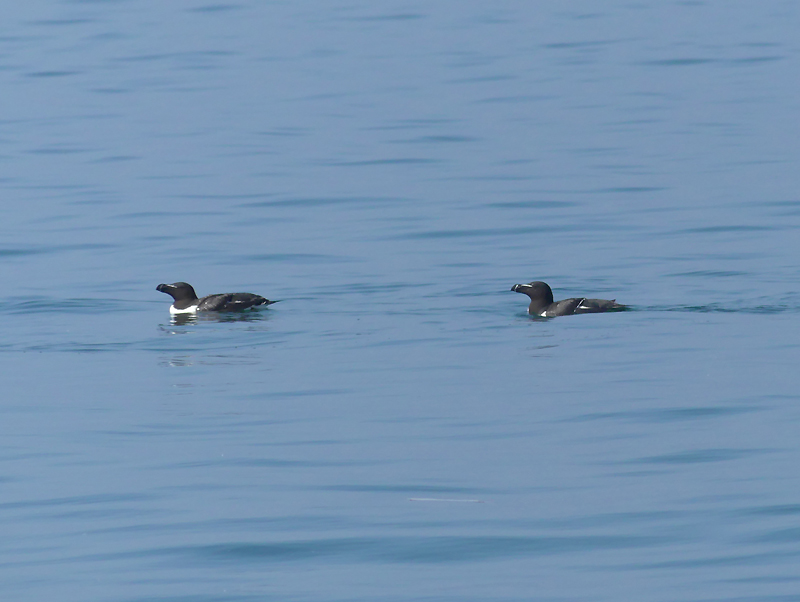
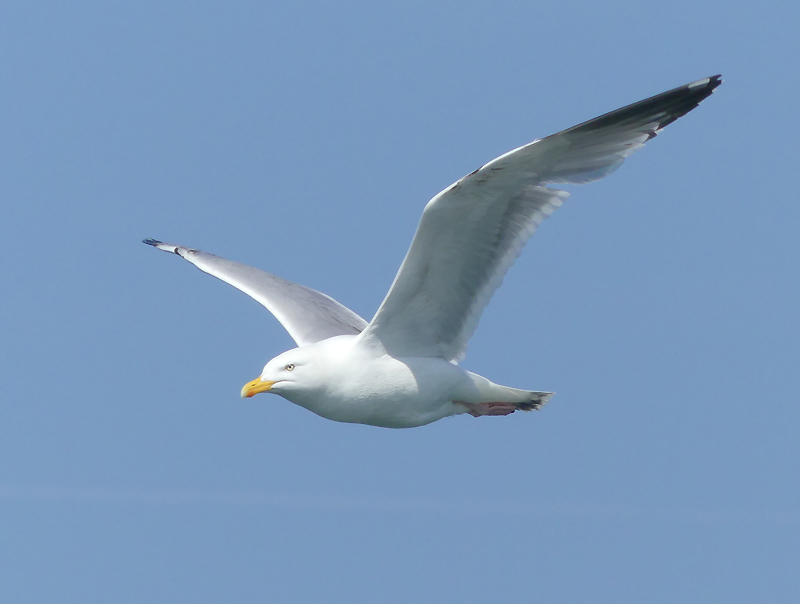
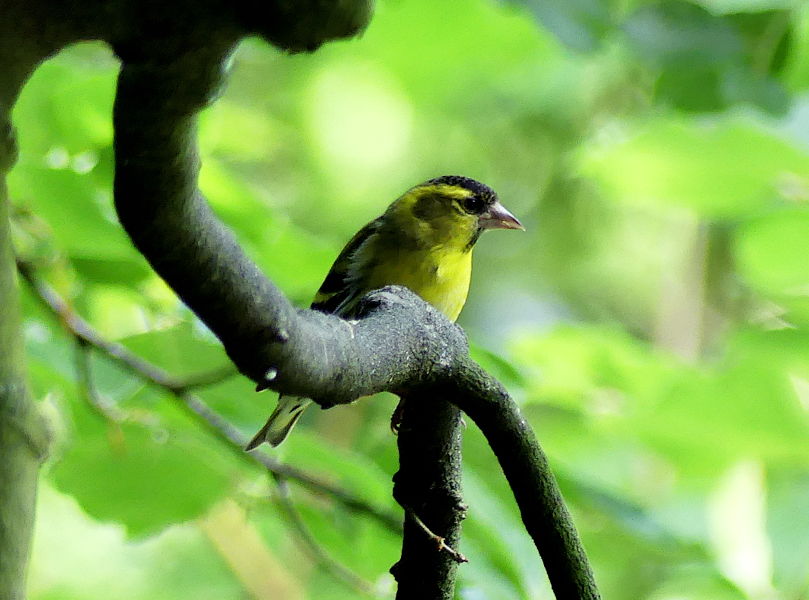
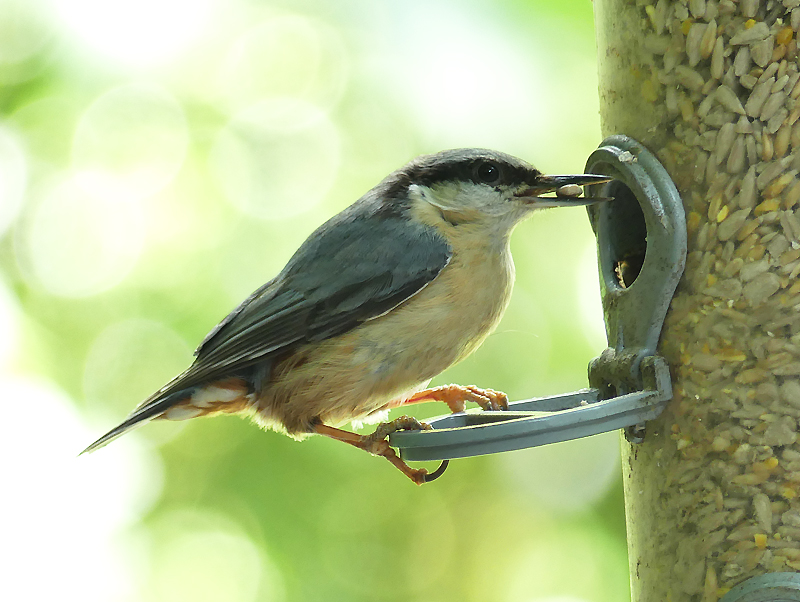

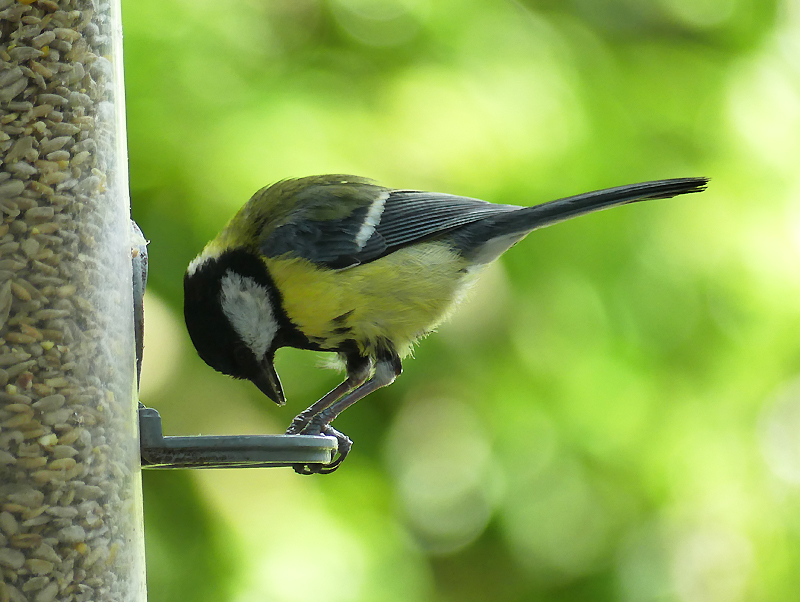
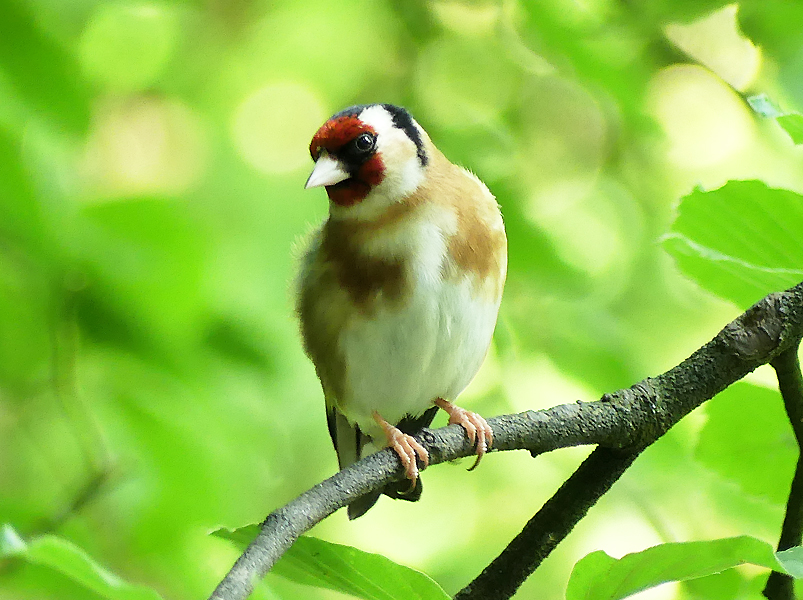


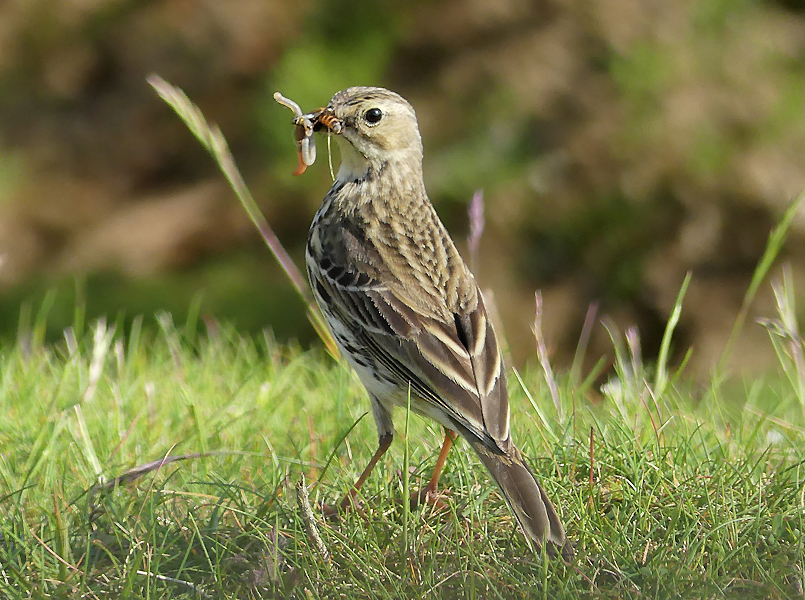
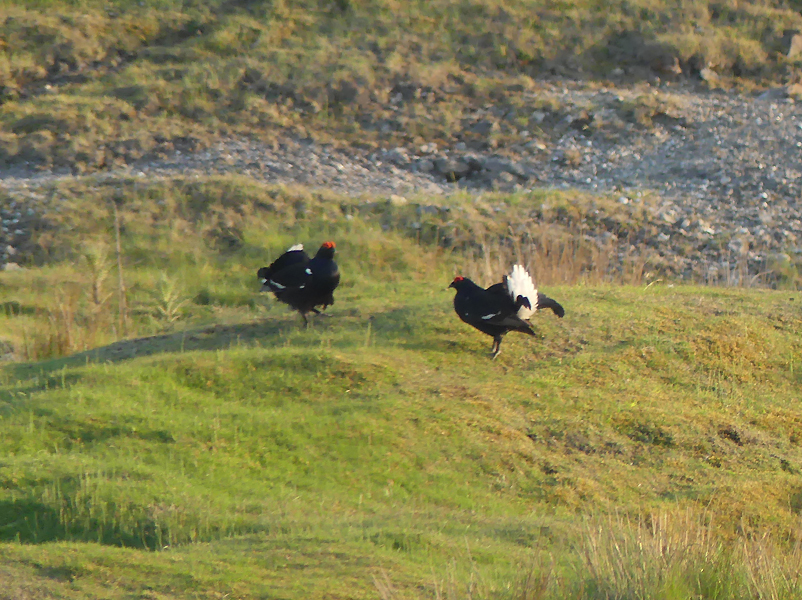
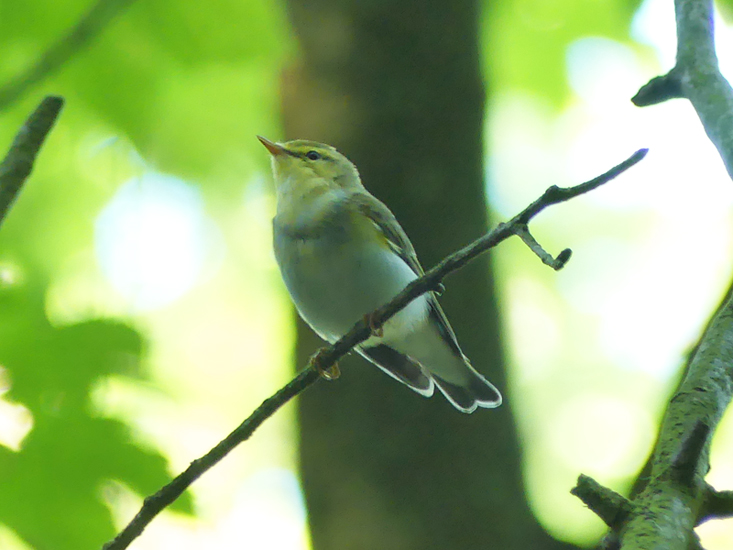
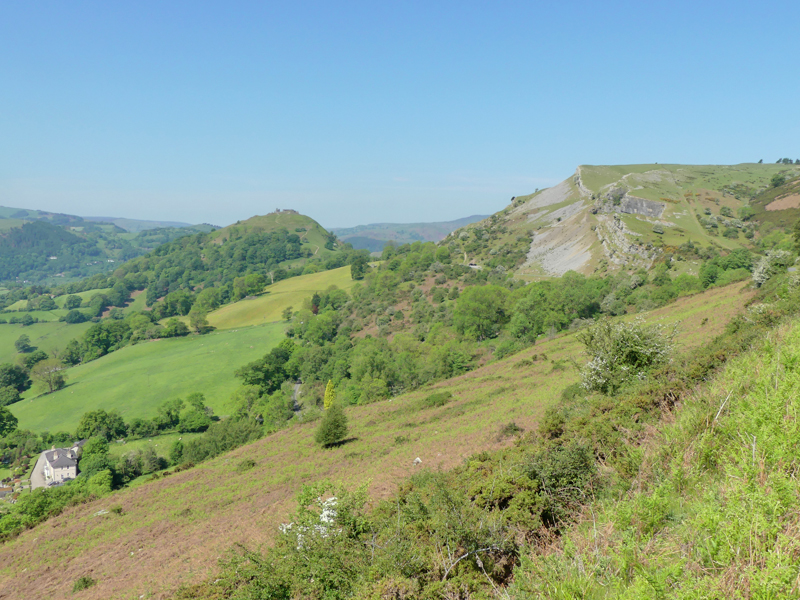
 Posted in
Posted in  Tags:
Tags: 










